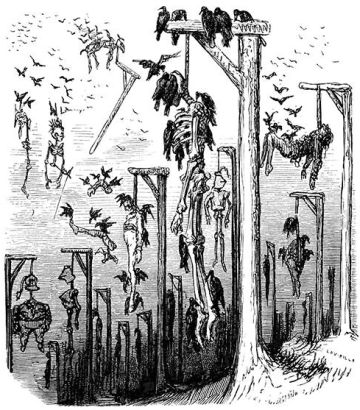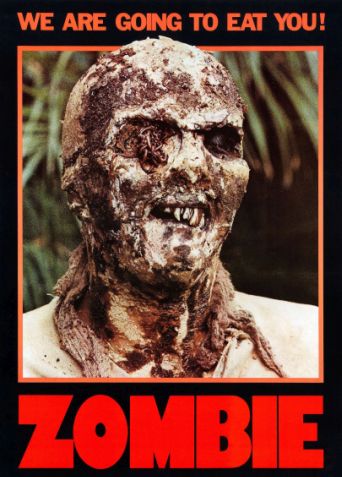The Githyanki Doorkeeper

The warlike servants of Vlaakith, the lich-queen, strike fear into the hearts of most creatures. Githyanki knights who distinguish themselves in Vlaakith’s service may be chosen for a horrifying honor. Through a sinister ritual that reportedly no mortal creature can witness and remain sane, the lich-queen transforms the knight into a githyanki doorkeeper, a twisted undead monster that towers above the tallest human. Gaunt, even withered, its flesh hardened and torn, the githyanki doorkeeper’s fingers end in keys that serve to focus its psionic abilities.
Githyanki Doorkeeper
Large undead, lawful evil
Armor Class 16 (natural armor)
Hit Points 97 (13d10+26)
Speed 30 ft.
Ability Scores STR 21 (+5), DEX 14 (+2), CON 15 (+2), INT 18 (+4), WIS 19 (+4), CHA 17 (+3)
Saving Throws Con +6, Int +8, Wis +8
Skills Arcana +8, Intimidation +7, Investigation +8, Perception +8
Damage Resistances cold; bludgeoning, piercing, and slashing from nonmagical attacks
Damage Immunities necrotic, poison
Condition Immunities charmed, exhaustion, frightened, paralyzed, poisoned
Senses darkvision 90 ft., passive Perception 18
Languages Gith
Challenge 12 (8,400 XP)
Incorporeal Form. At the beginning of its turn as a bonus action, the githyanki doorkeeper and its necrotic greatsword can become incorporeal. It remains incorporeal until the beginning of its next turn. While incorporeal, the githyanki doorkeeper can move through other creatures and objects as if they were difficult terrain. It takes 5 (1d10) force damage if it ends its turn inside an object. While incorporeal, some of its characteristics change, as shown below:
* Armor Class 12
* Speed 0 ft., fly 40 ft. (hover)
* Ability Scores STR 1 (-5), DEX 14 (+2), CON 15 (+2), INT 18 (+4), WIS 19 (+4), CHA 17 (+3)
* Damage Resistances acid, cold, fire, lightning, thunder
* Damage Immunities necrotic, poison; bludgeoning, piercing, and slashing from nonmagical attacks
* Condition Immunities charmed, exhaustion, frightened, grappled, paralyzed, petrified, poisoned, prone, restrained
Innate Spellcasting (Psionics). The githyanki doorkeeper’s innate spellcasting ability is Intelligence (spell save DC 16, +8 to hit with spell attacks). It can innately cast the following spells requiring no components:
* At will: mage hand (the hand is invisible)
* 5/day: knock (touch range only), plane shift (self only)
* 3/day each: invisibility (self only), jump, misty step, nondetection (self only), tongues
* 1/day each: plane shift, telekinesis
Actions
Multiattack. The githyanki doorkeeper makes two attacks, using its necrotic greatsword and/or its withering blast if corporeal, or its withering touch and/or its withering blast if incorporeal.
Necrotic Greatsword. Melee Weapon Attack: +9 to hit, reach 5 ft., one target. Hit: 15 (3d6+5) slashing damage plus 7 (2d6) necrotic damage.
Withering Touch. Melee Weapon Attack: +6 to hit, reach 5 ft., one target. Hit: 16 (4d6+2) necrotic damage plus 7 (2d6) cold damage.
Withering Blast. Ranged Spell Attack: +8 to hit, range 120 ft., one target. Hit: 15 (3d6+4) necrotic damage plus 7 (2d6) cold damage.


